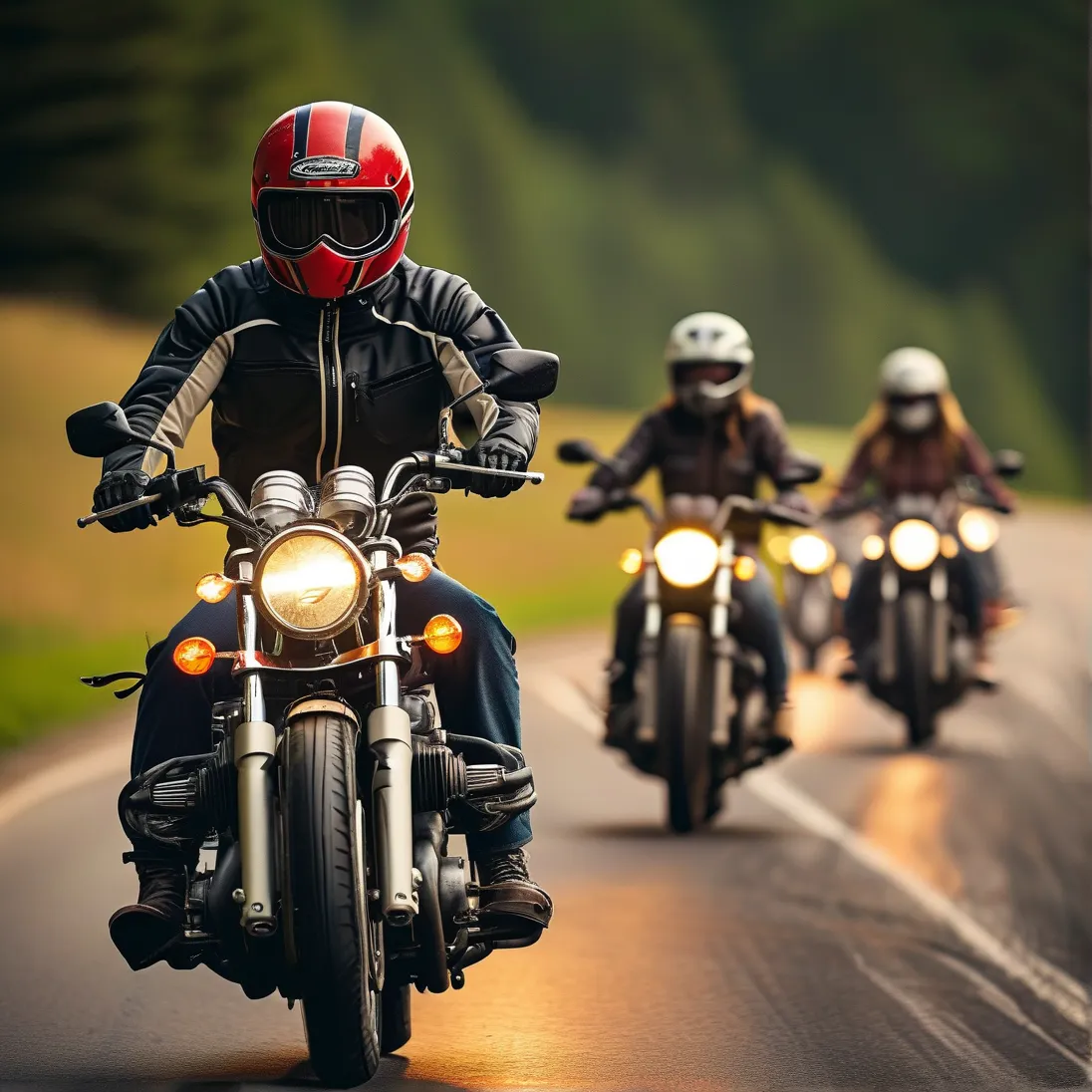Getting licensed to ride a motorcycle in Nebraska requires completing a state-approved safety course, but riders now face a critical choice: online training or traditional classroom programs. With evolving technology and updated licensing regulations for 2025, understanding which option aligns with your learning style, schedule, and safety goals is essential. We analyzed Nebraska’s requirements, interviewed certified instructors, and reviewed DMV data to help you make an informed decision.
Nebraska’s Motorcycle Licensing Requirements: What’s New in 2025
Nebraska law mandates that all first-time motorcycle operators complete a Basic Rider Course (BRC) approved by the Nebraska Department of Motor Vehicles (DMV). Starting January 2025, the state will implement stricter skill assessments during road tests to reduce accident rates, which rose 14% between 2020–2023 (Nebraska Office of Highway Safety, 2024).
Both online and classroom courses meet the legal requirement, but they differ significantly in structure:
– Classroom Training: 15 hours of in-person instruction + 10 hours of on-cycle practice.
– Online Training: Self-paced theory modules + mandatory in-person skills evaluation.
Online Motorcycle Safety Courses: Flexibility vs Hands-On Learning
Online programs like Nebraska Rider Education Online appeal to busy schedules. Students complete interactive modules covering traffic laws, hazard perception, and riding techniques at their own pace. However, critics argue this format lacks immediate feedback.
Pros:
– Complete coursework during evenings/weekends (ideal for shift workers).
– Lower average cost ($125–$200 vs $250–$350 for classrooms).
– Instant access to digital manuals and video demonstrations.
Cons:
– No real-time interaction with instructors for Q&A.
– Requires self-discipline; dropout rates are 23% higher than classroom programs (Motorcycle Safety Foundation, 2023).
– Mandatory in-person skills test adds travel time.
Classroom Training: Structured Learning for High-Risk Scenarios
Traditional courses remain popular for riders prioritizing hands-on mentorship. Certified instructors at schools like Cornhusker Motorcycle Academy use controlled environments to simulate real-world hazards (e.g., sudden braking on gravel).
Key Advantages:
– Immediate correction of riding mistakes during practice sessions.
– Group discussions enhance retention of complex concepts (e.g., countersteering).
– Higher first-time pass rates: 89% vs 72% for online learners (Nebraska DMV, 2024).
Drawbacks:
– Fixed schedules may conflict with work/family commitments.
– Longer time commitment (25+ hours over 3–5 days).
Safety Outcomes: Does Training Format Impact Crash Risk?
A 2024 study by the University of Nebraska-Lincoln found classroom-trained riders had 31% fewer accidents in their first year. Researchers attribute this to supervised practice in emergency maneuvers like swerving and quick stops—skills harder to master through online simulations alone.
For high-risk groups (riders under 21 or returning after a long hiatus), the Nebraska Safety Council recommends classroom training due to its emphasis on muscle memory development.
How to Choose the Right Course for Your Needs
Ask these questions before enrolling:
1. Learning Style: Do you absorb information better through videos or live demonstrations?
2. Experience Level: New riders often benefit from instructor-led drills; seasoned riders may prefer online refreshers.
3. Goals: Prioritize convenience (online) vs crash avoidance techniques (classroom).
Hybrid options are emerging, such as Midwest Rider Academy’s “Blended BRC,” combining online theory with weekend skill sessions—a trend expected to grow post-2025.
Final Steps to Get Licensed Faster
Regardless of your chosen format:
– Verify course approval via the Nebraska DMV portal.
– Book early—summer slots fill up 8–10 weeks in advance.
– Practice permit tests using the DMV’s updated 2025 question bank.
By aligning your training with personal needs and Nebraska’s evolving standards, you’ll gain not just a license—but confidence for safer rides on highways like I-80 or rural routes through the Sandhills.




Leave a Reply